The N95 Mask Market is currently characterized by a dynamic competitive landscape, driven by heightened awareness of respiratory health and stringent regulatory standards. Key players such as 3M (US), Honeywell (US), and Moldex-Metric (US) are at the forefront, each adopting distinct strategies to enhance their market positioning. 3M (US) continues to leverage its strong brand reputation and extensive R&D capabilities, focusing on innovation in filtration technology. Honeywell (US) emphasizes operational efficiency and supply chain resilience, while Moldex-Metric (US) is known for its commitment to sustainability and eco-friendly manufacturing processes. Collectively, these strategies contribute to a competitive environment that is increasingly focused on quality, innovation, and regulatory compliance.
In terms of business tactics, companies are increasingly localizing manufacturing to mitigate supply chain disruptions and optimize logistics. This trend is particularly evident in the N95 Mask Market, which is moderately fragmented, with several players vying for market share. The collective influence of these key players shapes a landscape where agility and responsiveness to market demands are paramount. As companies refine their supply chains and enhance production capabilities, the competitive structure is likely to evolve, favoring those who can adapt swiftly to changing conditions.
In August 2025, 3M (US) announced a significant investment in a new manufacturing facility in Texas, aimed at increasing production capacity for N95 masks. This strategic move not only enhances 3M's ability to meet growing demand but also underscores its commitment to domestic manufacturing, which may resonate well with consumers increasingly concerned about supply chain reliability. The establishment of this facility is expected to bolster local economies while reinforcing 3M's market leadership.
In September 2025, Honeywell (US) unveiled a new line of N95 masks featuring advanced filtration technology designed to enhance comfort and breathability. This product launch reflects Honeywell's focus on innovation and its response to consumer preferences for more comfortable protective gear. By integrating cutting-edge technology into its offerings, Honeywell positions itself as a leader in the market, potentially attracting a broader customer base.
In July 2025, Moldex-Metric (US) expanded its product line to include N95 masks made from biodegradable materials, aligning with growing consumer demand for sustainable products. This strategic initiative not only differentiates Moldex-Metric in a crowded market but also addresses environmental concerns, appealing to eco-conscious consumers. Such moves may enhance brand loyalty and attract new customers who prioritize sustainability in their purchasing decisions.
As of October 2025, the N95 Mask Market is witnessing trends that emphasize digitalization, sustainability, and the integration of artificial intelligence in manufacturing processes. Strategic alliances among key players are increasingly shaping the competitive landscape, fostering innovation and enhancing product offerings. Looking ahead, it appears that competitive differentiation will likely shift from price-based competition to a focus on technological advancements, sustainability, and supply chain reliability, as companies strive to meet evolving consumer expectations and regulatory requirements.


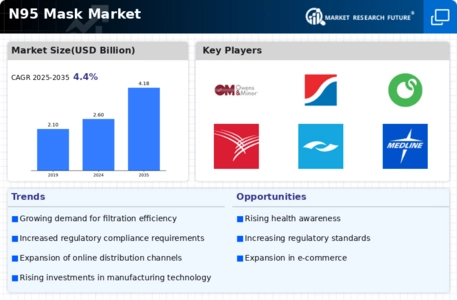
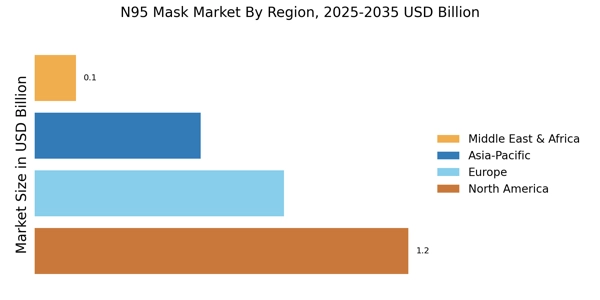

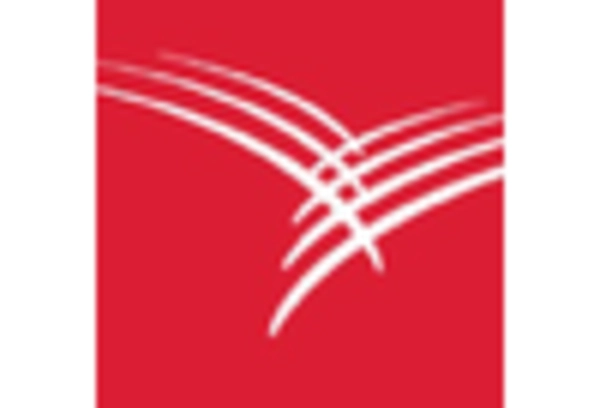


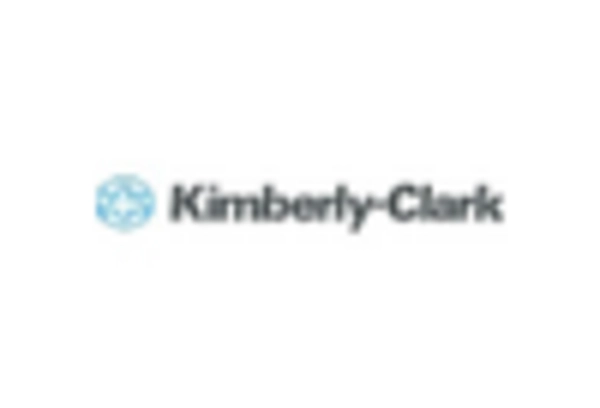
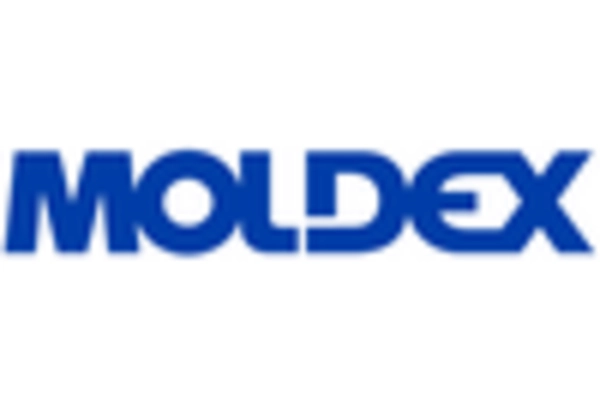








Leave a Comment